El Tajin Veracruz
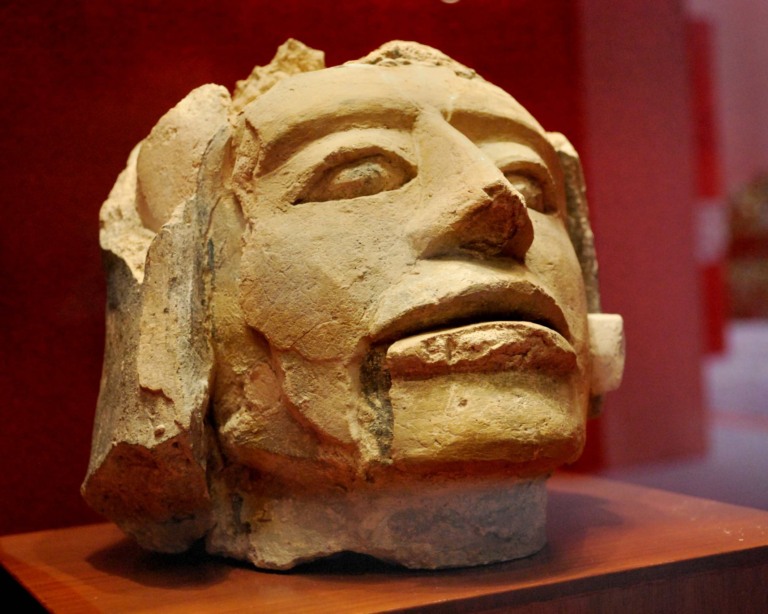
El Tajin, Veracruz, was named after the Totonac rain god and became a UNESCO World Heritage Site in 1992 for its cultural and architectural significance.
Go to the hamburger menu. Tap Home » Landmarks » North American for better navigation. Alternatively, keep following posts or searching instead!

El Tajin, Veracruz, was named after the Totonac rain god and became a UNESCO World Heritage Site in 1992 for its cultural and architectural significance.
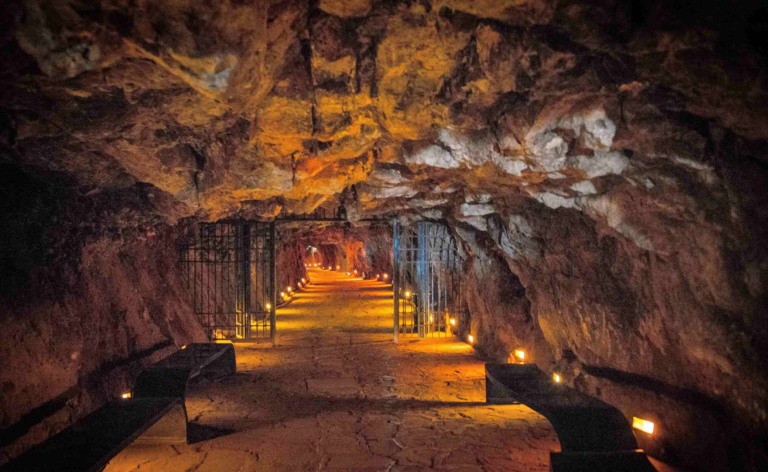
Zacatecas shows how money was made at a terrible cost. Mexican indigenous slaves mined silver, gold, iron, copper, and zinc in terrible conditions.
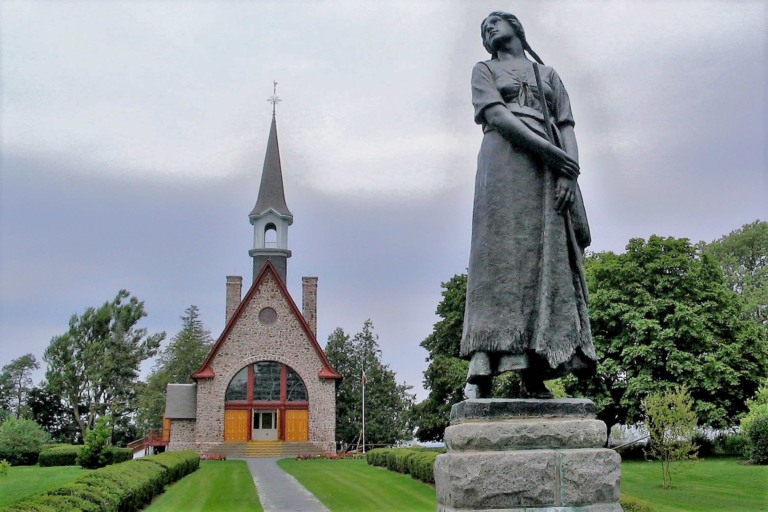
Landscape of Grand Pre, Nova Scotia, is a great example of how the first European settlers learned to live on the Atlantic coast of North America.
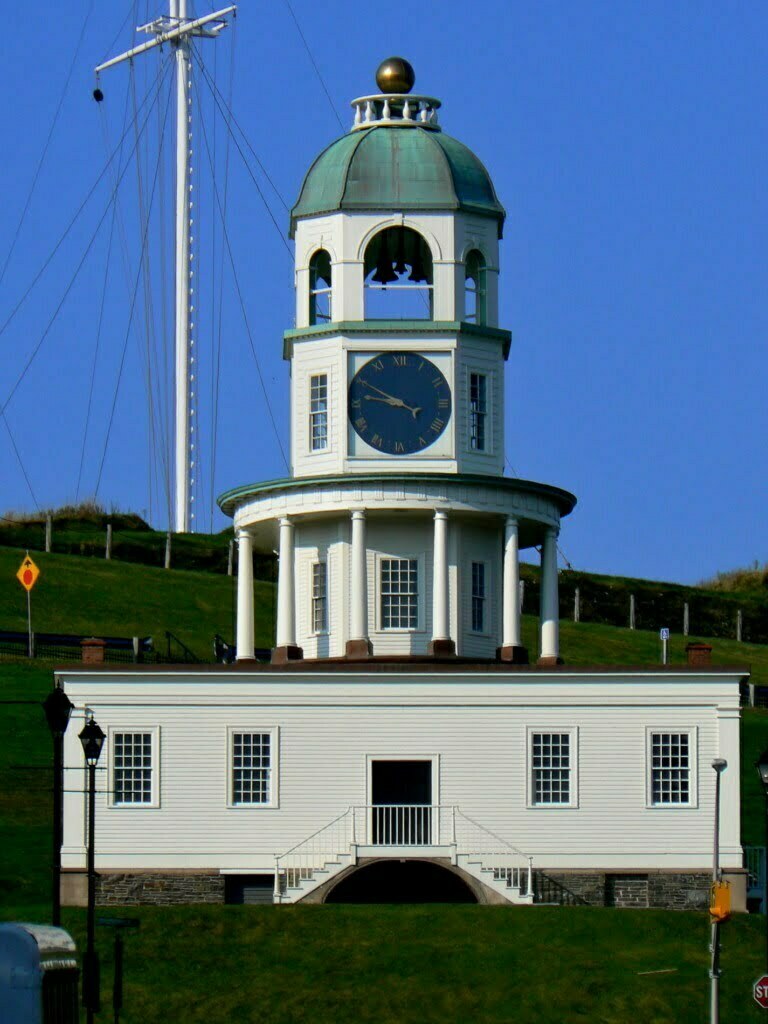
UNESCO World Heritage Sites Nova Scotia. It has 86 Canadian National Historic Sites. Each Nova Scotia landmark conveys an adventure tale.
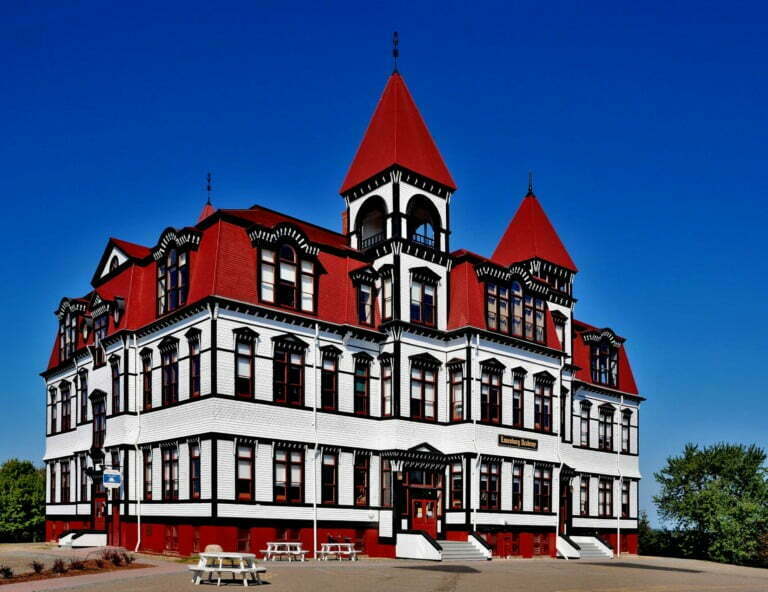
Nova Scotia is a Canadian province on the eastern coast of North America. Along with New Brunswick, Ontario, and Quebec, it formed the Dominion of Canada in 1867.
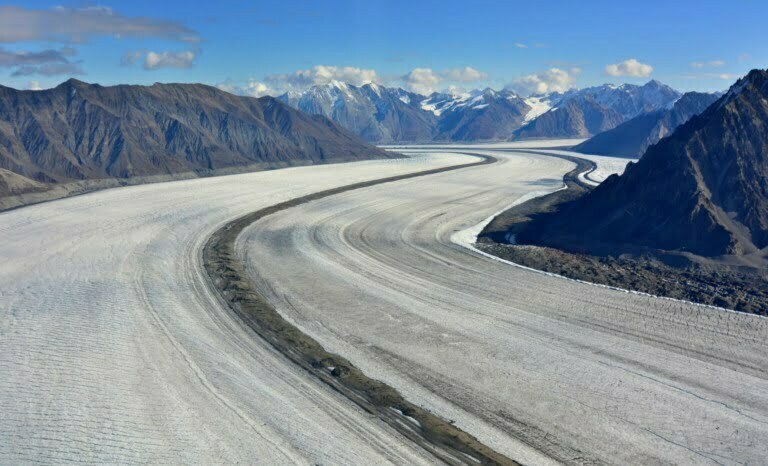
Kluane National Park and Reserve is a Canadian mountain wilderness. It's in the northwest Yukon Territory, a UNESCO World Heritage Site since 1979.
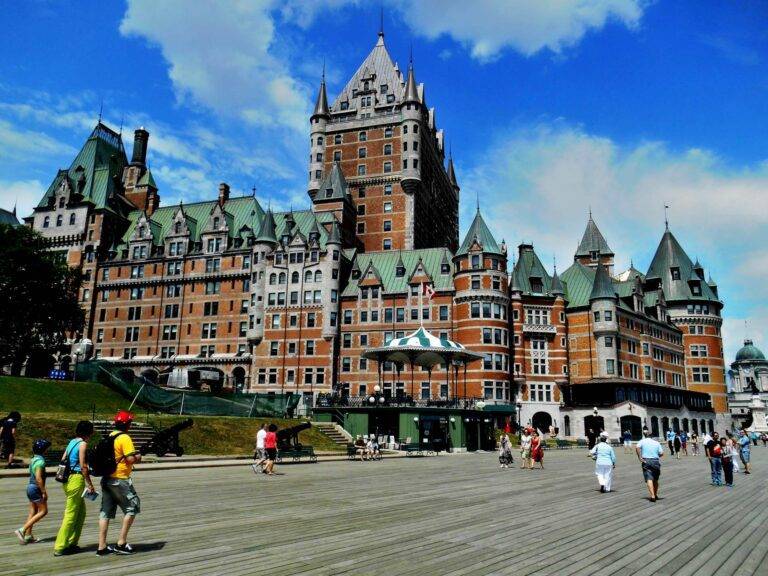
Old Quebec is a historic neighborhood in Quebec City, Canada. It's a UNESCO World Heritage Site since 1985. It has Lower and Upper Town.
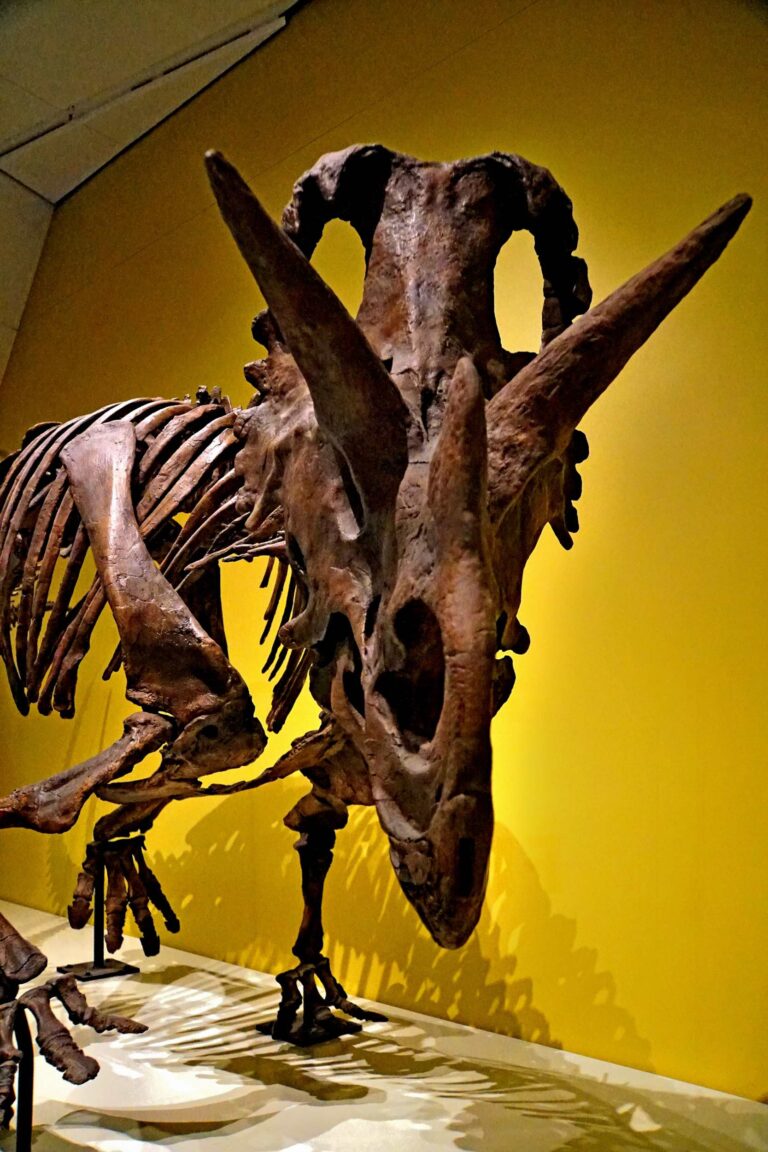
Dinosaur Provincial Park is on the list of World Heritage Sites by UNESCO. It is 48 km northeast of Brooks and two hours east of Calgary, Alberta, Canada.

Puebla is east of Mexico City. Colonial architecture, pottery, and cooking date back centuries. Many buildings use the area's painted Talavera tiles.
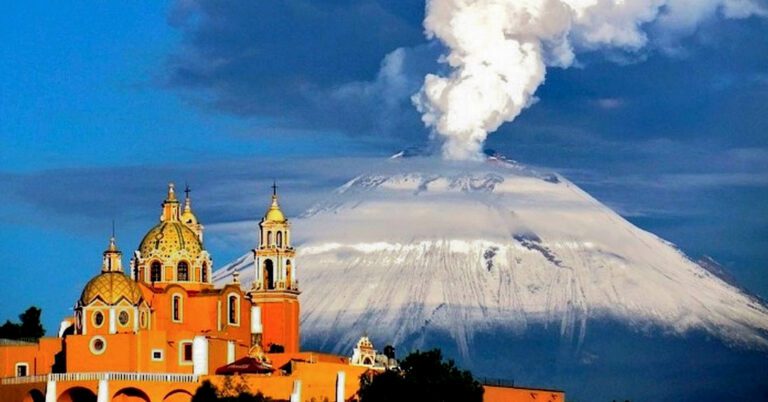
Puebla was founded in 1531. It's about 100 km east of Mexico City, near the base of the Popocatepetl volcano. It was a UNESCO World Heritage Site in 1987.
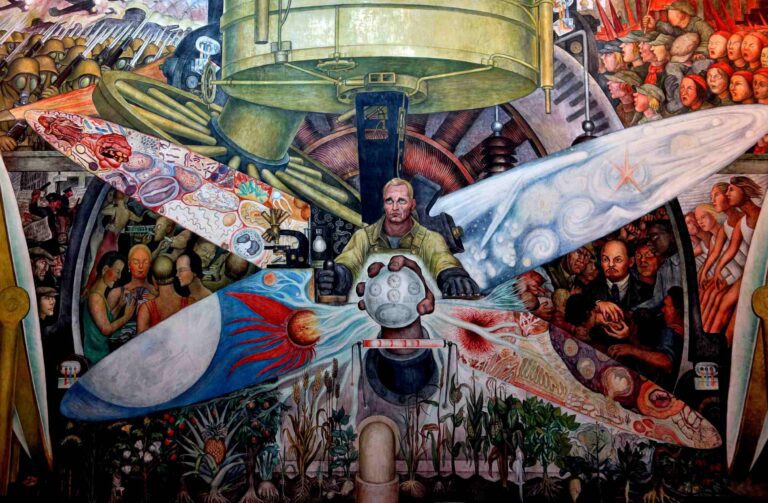
Palacio de Bellas Artes, Mexico City was built between 1904 and 1934. A big theater, a music hall, the Palace of Fine Arts Museum, and the National Museum of Architecture are all inside the palace
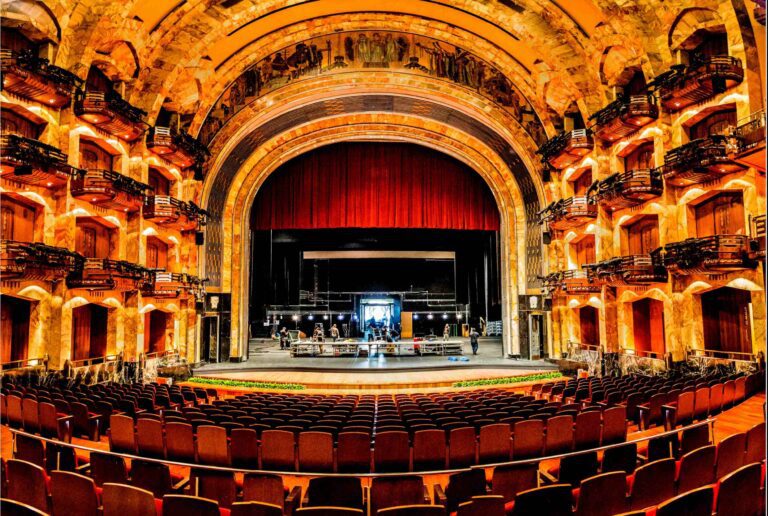
Mexico City was built by the Spanish on Tenochtitlan ruins and Historic center of Mexico City and Xochimilco were declared UNESCO World Heritage Site in 1987.